Aloe vera is more than just a trendy succulent it’s a powerful healing plant that brings both beauty and wellness into your home. Known for its soothing gel, aloe vera is a staple in natural skincare, first aid, and even air purification. But did you know there are several varieties of aloe, each with unique characteristics and aesthetic appeal? From classic medicinal types to exotic hybrids, these 10 aloe plants are perfect for turning your home into a sanctuary of health and harmony.
1. Aloe barbadensis miller (True Aloe Vera)
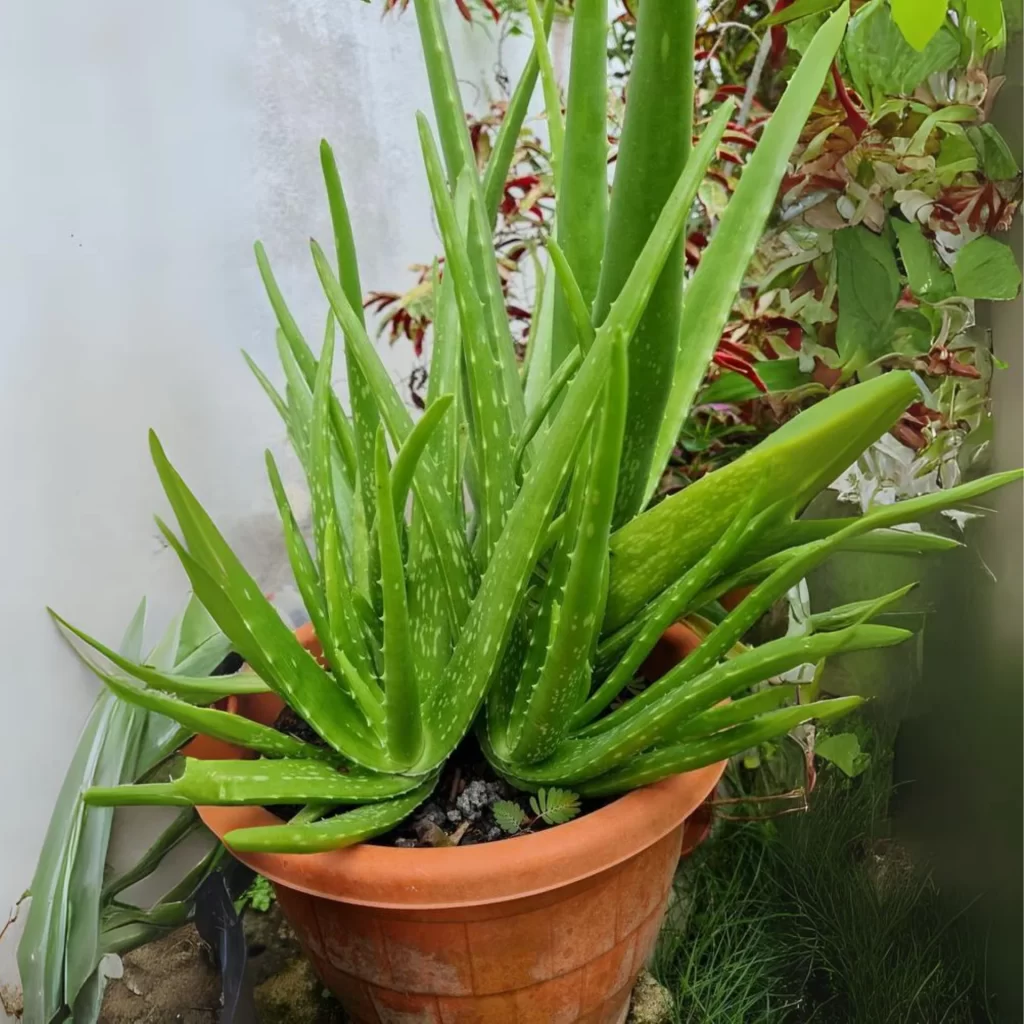
This is the classic aloe vera plant used in most skincare and health products. Its thick, fleshy leaves are filled with clear gel known for soothing burns, cuts, and dry skin. Aloe barbadensis miller thrives indoors in bright, indirect sunlight and needs minimal watering perfect for low-maintenance care. The plant grows upright and produces offsets (pups) easily, allowing you to expand your collection. Beyond its healing benefits, its clean, architectural look makes it a favorite for modern home décor.
2. Aloe arborescens (Krantz Aloe)
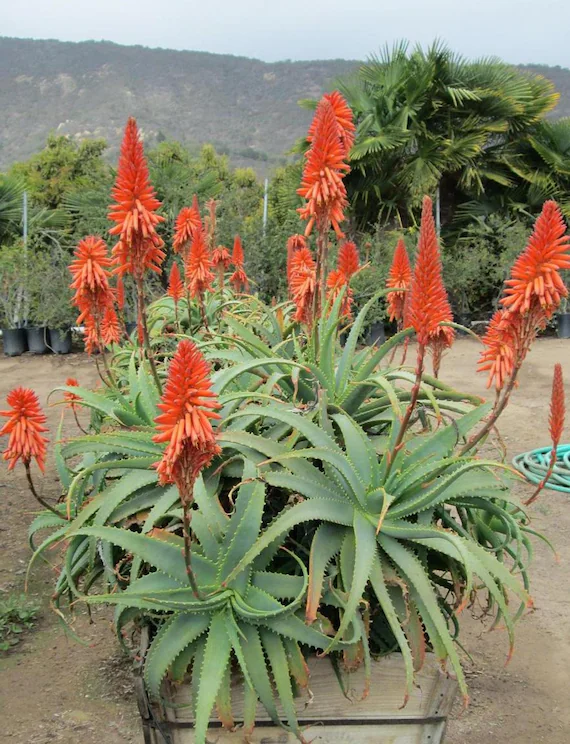
Often called the “Candelabra Aloe,” Aloe arborescens is a stunning species known for its sprawling growth and brilliant red-orange flower spikes. While it also contains healing gel, it’s especially prized for boosting immunity in traditional medicine. This variety grows faster and larger than Aloe vera, making it ideal for patios, sunny corners, or indoor-outdoor gardens. Its bold form and vibrant blooms make it both a decorative and functional addition to any healing home environment.
3. Aloe juvenna (Tiger Tooth Aloe)
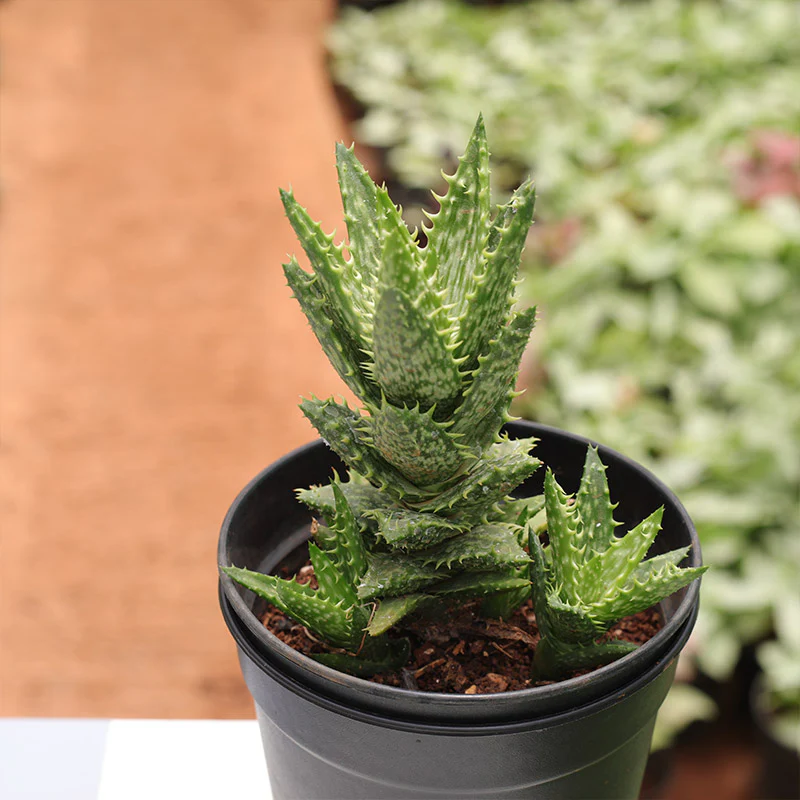
This small, spiky aloe variety earns its nickname from its toothy leaf edges and tiger-striped pattern. Aloe juvenna is compact and forms dense rosettes, making it perfect for windowsills, desk planters, or succulent arrangements. While not the best source of healing gel, it’s excellent for purifying indoor air and adding a touch of greenery with character. Its quirky look brings a playful vibe to any room while still being tough and easy to care for.
4. Aloe ferox (Cape Aloe)
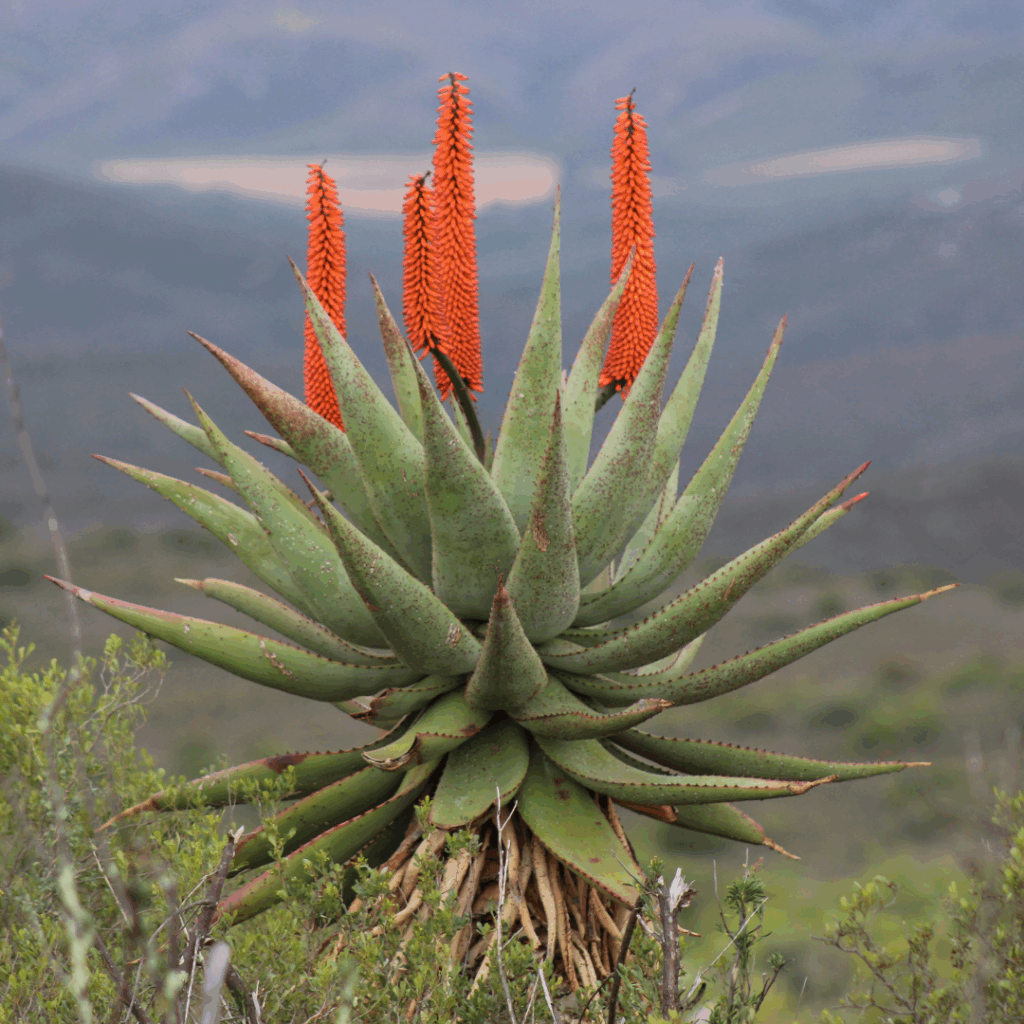
Known for its potent medicinal properties, Aloe ferox contains more concentrated gel and juice than standard aloe. It’s used in natural laxatives, skincare, and even immune-boosting remedies. With tall, upright leaves and fiery orange-red flowers, it’s as beautiful as it is beneficial. This aloe can grow quite large, so it’s best placed in spacious indoor areas or on sunny balconies. It’s also drought-tolerant and thrives with minimal attention perfect for busy wellness lovers.
5. Aloe brevifolia (Short-Leaf Aloe)
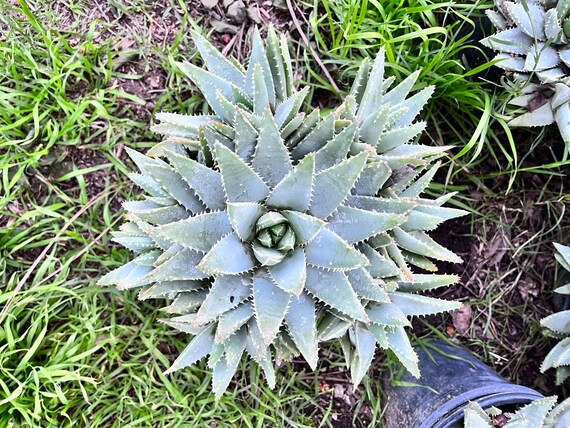
This compact aloe variety forms charming, blue-green rosettes with white toothy margins. It’s a favorite for small containers and succulent gardens due to its neat, symmetrical form. Though its gel is minimal, Aloe brevifolia still offers the anti-inflammatory and antibacterial properties characteristic of aloe species. Its cool tones and tidy size make it a stylish addition to bathrooms, shelves, or windowsills where a small touch of nature goes a long way.
6. Aloe marlothii (Mountain Aloe)
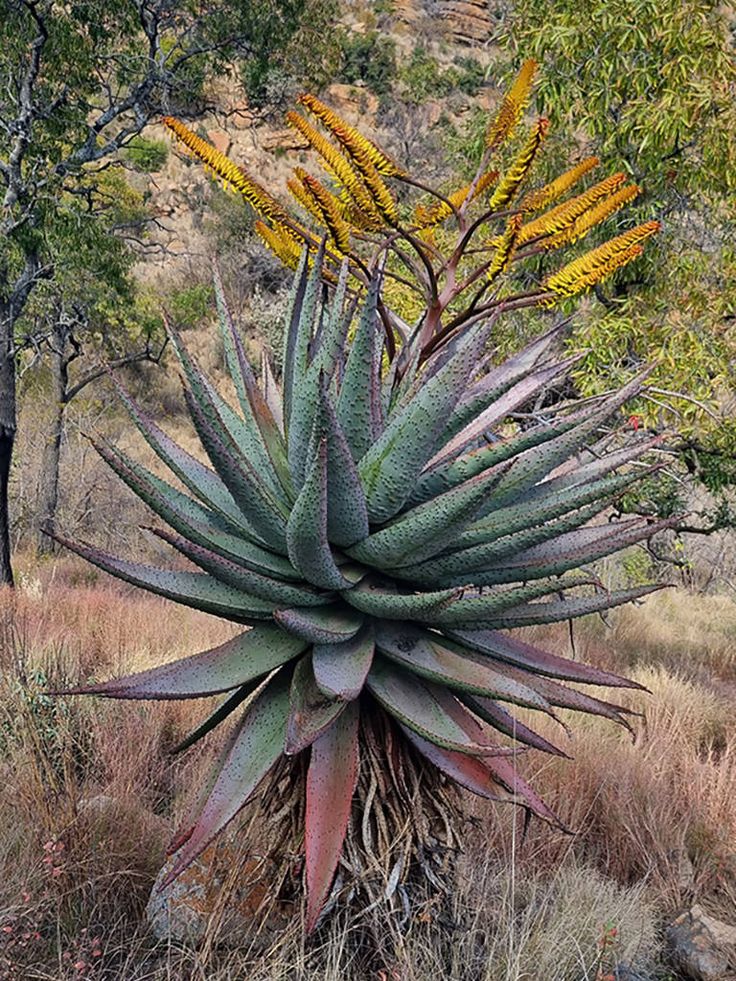
A dramatic, sculptural aloe with thick, textured leaves and impressive orange blooms, Aloe marlothii is perfect for creating a bold healing space. Its gel can be used similarly to other aloes for burns and skin conditions, but it’s most admired for its ornamental value. This plant is best suited for large pots in sunny indoor spots or outdoor gardens in warm climates. If you want a striking aloe that makes a powerful visual and healing statement, this is the one.
7. Aloe humilis (Spider Aloe)
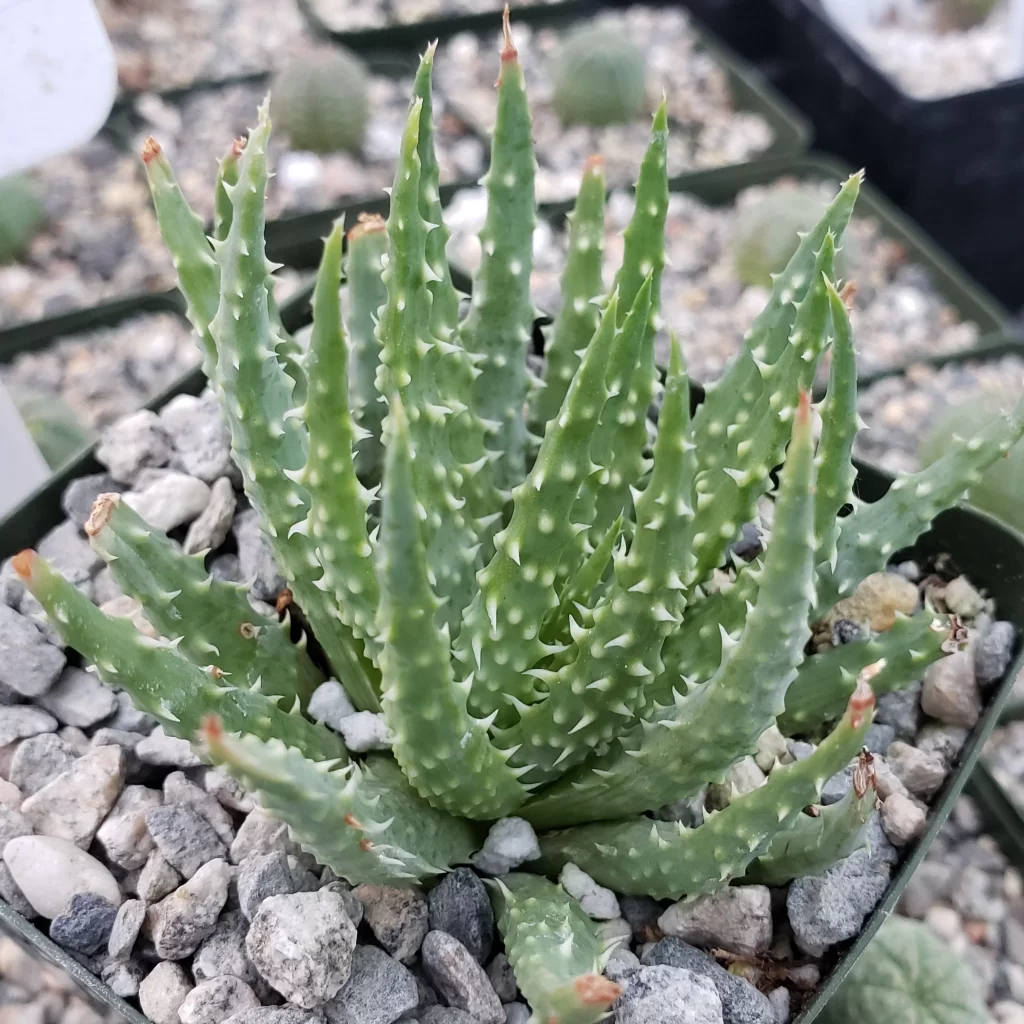
With short, spiky, and bumpy leaves, Aloe humilis has a wild yet elegant appearance that’s great for compact spaces. It grows in clumps and occasionally blooms with tubular red or orange flowers. The gel has healing properties similar to traditional aloe vera but in smaller amounts. It’s perfect for a windowsill herb garden or bedside table where its playful texture can be appreciated up close. This aloe also helps filter the air, contributing to a cleaner and more relaxing environment.
8. Aloe cameronii (Red Aloe)

Famed for its copper-red foliage in full sun, Aloe cameronii adds fiery warmth and unique color to your indoor garden. It’s less common than green aloes but equally effective for mild skin irritations and hydration. This variety thrives in bright light and well-draining soil, and its vivid hues intensify with sun exposure. It’s a beautiful way to add both color and healing power to your home, especially in sunlit living rooms or kitchens.
9. Aloe maculata (Soap Aloe)

Named for its soapy, sudsy sap, Aloe maculata is both functional and eye-catching. Its gel can be used for minor skin irritations, but it’s also used traditionally as a natural soap or shampoo. The plant features dark green leaves with white spots and bold, coral-colored flowers that attract pollinators. Indoors, it does well in bright light and dry conditions. It’s a great multi-use plant for eco-conscious households seeking natural alternatives for skin and hair care.
10. Aloe ‘Christmas Carol’
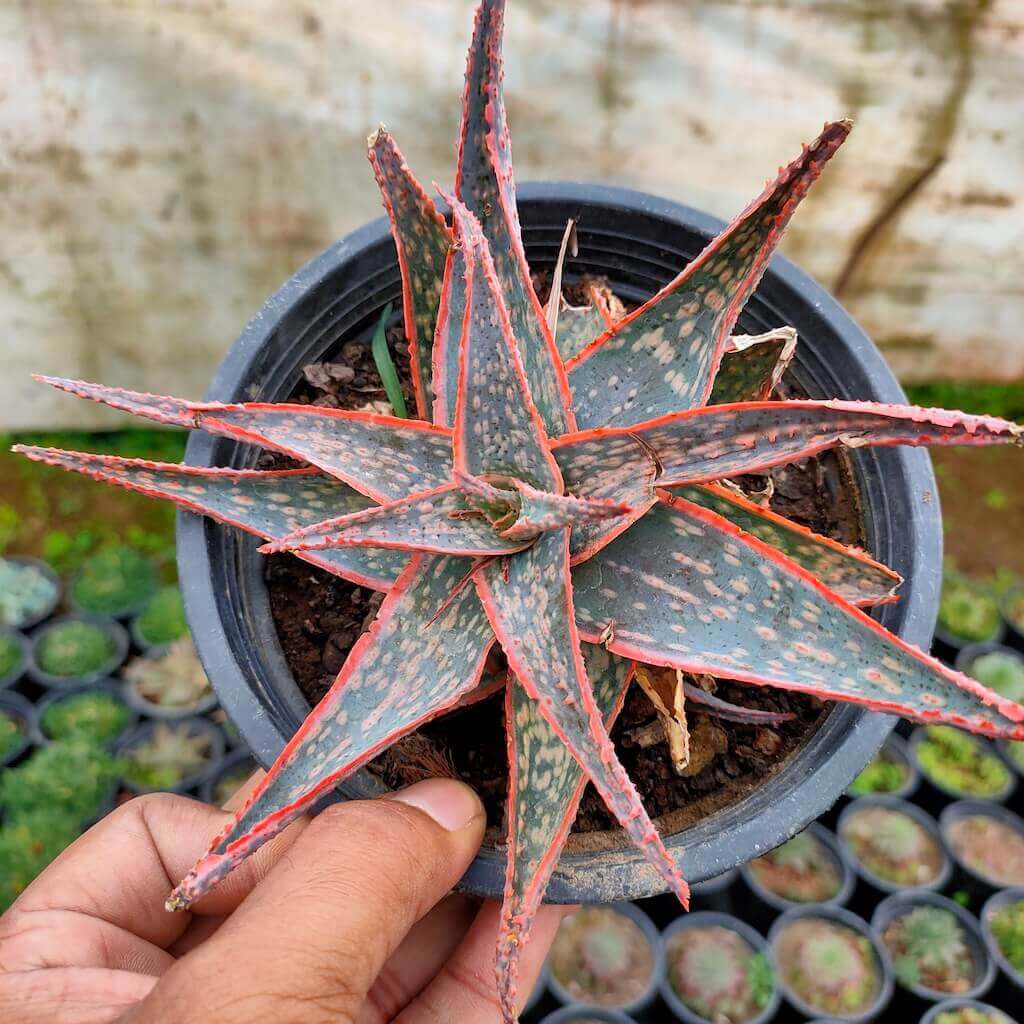
A hybrid aloe that’s loved for its decorative appearance, ‘Christmas Carol’ features striking red-edged leaves with green centers and speckled patterns. While it doesn’t offer much healing gel, it brings festive charm and vibrant color to your space year-round. It’s compact and slow-growing, making it a great choice for tabletops or gift planters. Its vivid hues and unusual shape make it a conversation piece, proving that aloe plants can be both beautiful and beneficial in different ways.

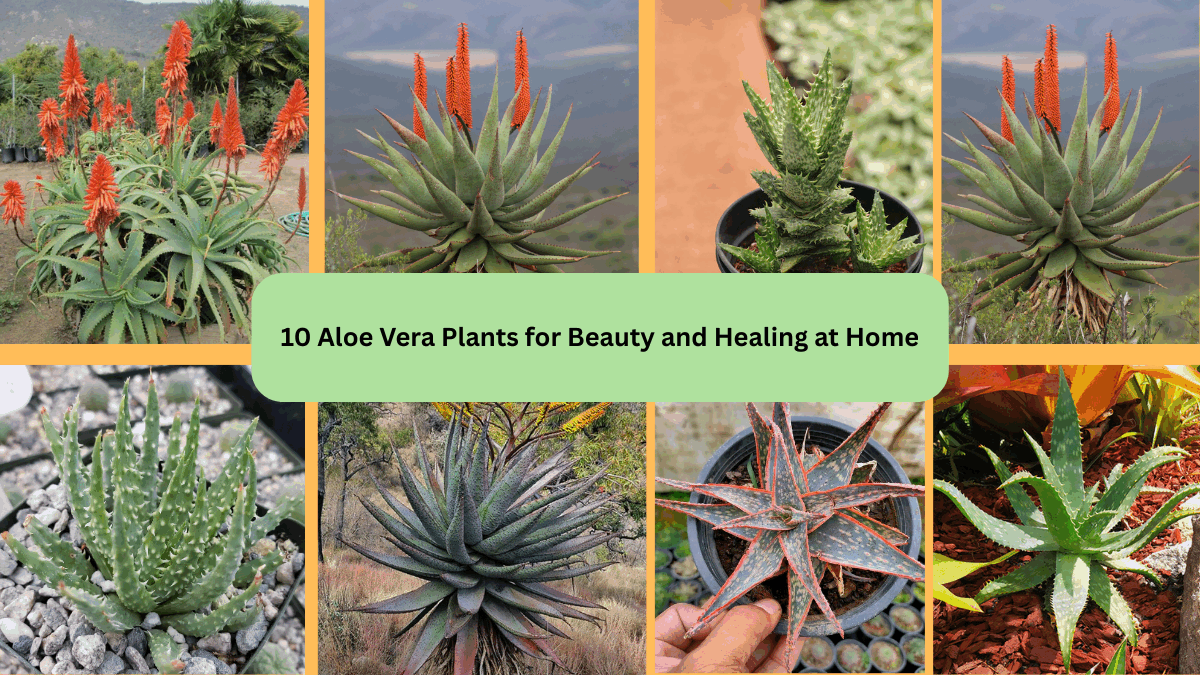




Leave A Comment